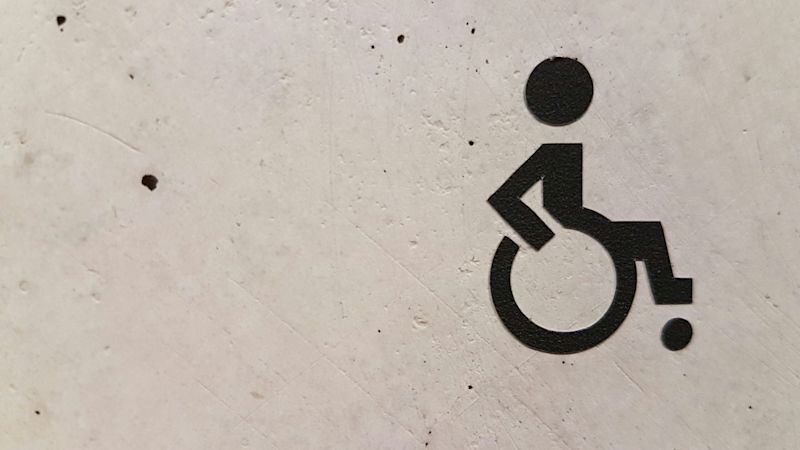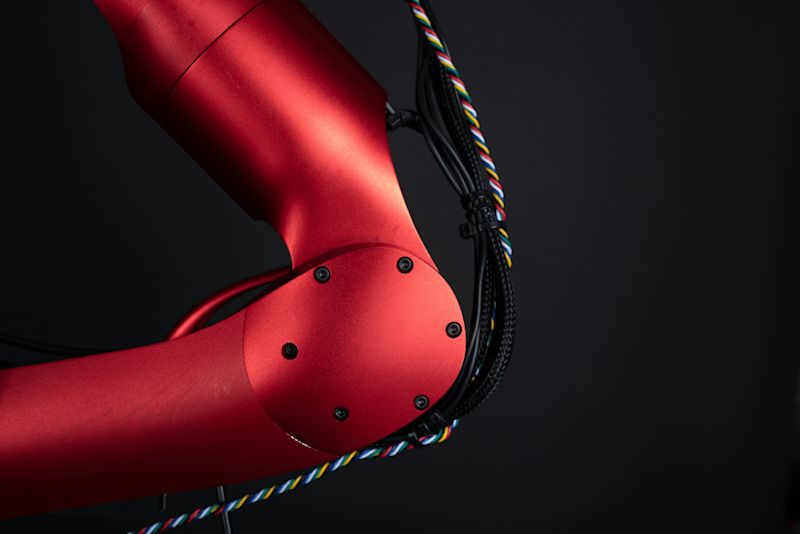dormakaba Blog: Insights and Inspiration from the World of Access
Insights and Inspiration from the World of Access

Security
Cybersecurity in Manufacturing: Why Every Industry Is Now a Target

Architecture
Hotelification, a Raging Trend in Workspace Design
Among the most innovative trends shaping office design is the concept of hotelification. It is revolutionizing how we conceive the workplace.

Urbanization
Cheonggyecheon: How a Reclaimed River Brought Life to Seoul
South Korea's story is one of phenomenal economic growth and rapid urbanization. Following the devastating Korean War between 1950 and 1953, in just a few short decades, Seoul transformed from a war-torn city into a bustling megacity, as South Korea flourished as a global leader in technology and innovation.

Security
How Security Professionals Can Stand Out in a Narrower Market
There is a need for four million cybersecurity professionals worldwide according to the latest World Economic Forum white paper on the topic.

Society
5 Iconic Roles of Doors in Science Fiction
Doors serve a dual purpose in architecture, blending function and form. But in literature—and particularly in science fiction—they take on deeper symbolic meaning.

Architecture
The Symbolism of Dogs in Architectural Practices: More Than Just a Pet
More and more practices are proudly introducing their “Barkitects” (yes, that’s a thing now!). These furry team members serve as unofficial well-being ambassadors, bringing warmth and balance to a fast-paced industry.
Most read

Security
Designing Secure Spaces with Mental Health in Mind
A growing body of recent research suggests that there is a powerful link between architecture and mental health.

Architecture
Spending One Week in a Wheelchair: The Challenge of Designing Barrier-Free Homes and Workplaces
Universal accessibility ensures that environments, processes, products, and services are accessible to all, allowing everyone to participate.

Security
Evolving Corporate Security Through the Protection of Corporate Culture
To fully protect an organization, today's security measures must also encompass the culture and history of the workplace.

Technology
These 5 Construction Robot Types Are the Future of Automation on Site
Construction Robots: The digital revolution is evident in this sector, with technological solutions driving change
Recommended for you

Urbanization
Burden of Buildings: How New York is Sinking Under its Own Weight
New York City’s built environment is causing it to sink by one to two millimeters a year, according to a research published last year

Society
How These 5 Cities Managed Overtourism
The travel bug has bitten humanity for centuries, but the ease and affordability of modern travel has created a new challenge: Overtourism.

Architecture
Trailblazing Women Architects: Mariam Issoufou Kamara
“By sustaining people you are alike to sustain the environment as well." - these words perfectly summarize Issoufou's architectural approach.
Subscribe
Sign up to receive the latest access planning insights in your mailbox

Urbanization
6 Sustainability Lessons from the World’s Happiest City
Despite its long and dark winters, the Finnish capital Helsinki has been consistently scoring as the happiest city in the world.

Architecture
4 Stunning Examples of Eco-Friendly Hotels
Millions of travelers are losing interest in resort tourism and favor smaller, eco-friendly hotels and establishments. Here are 4 stunners.

Architecture
How Sustainable Hospitals Can Elevate Public Health
A sustainable hospital is known as a “green hospital” which grew in healthcare to counter the conundrum of public health vs. the environment.



